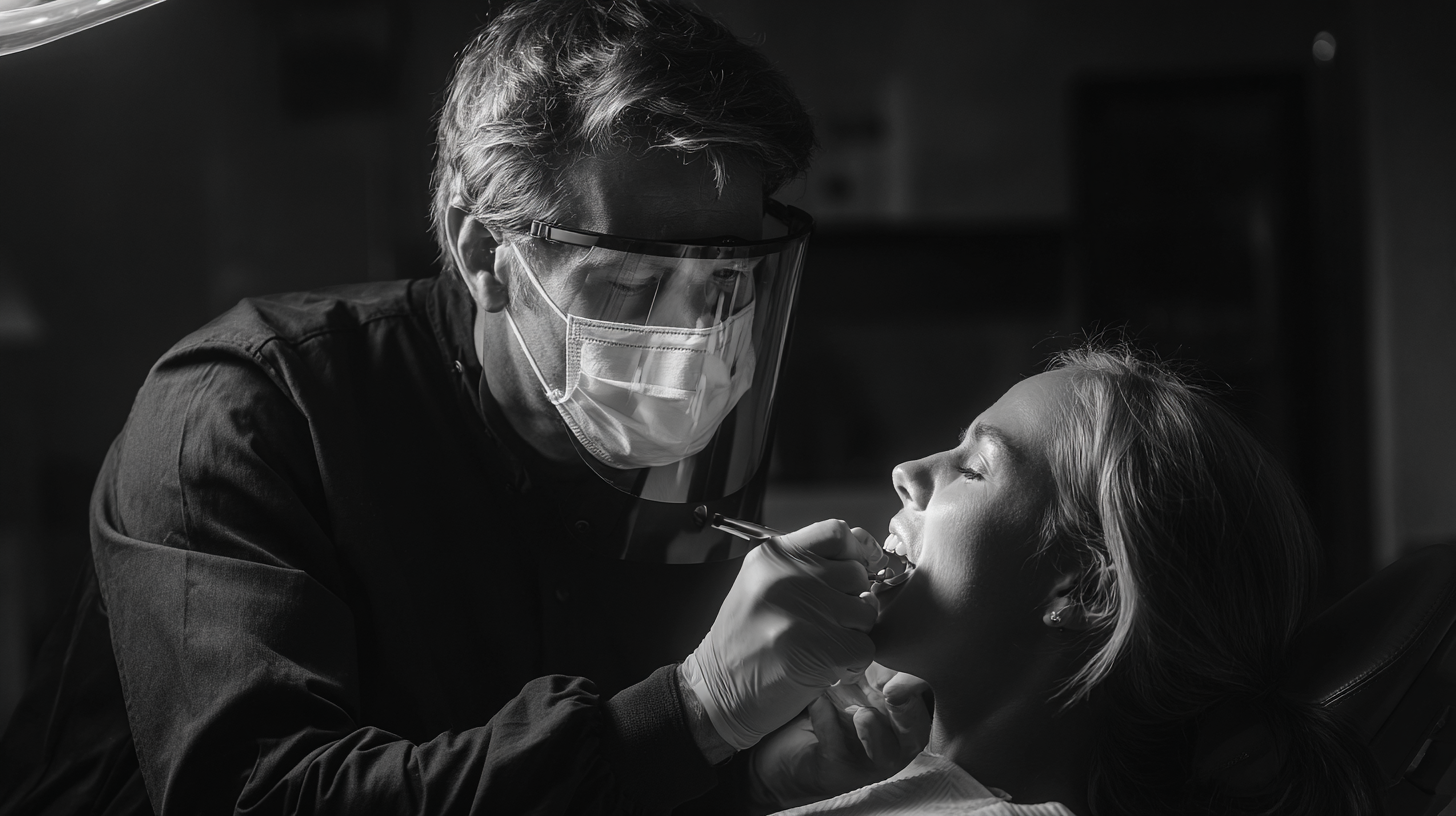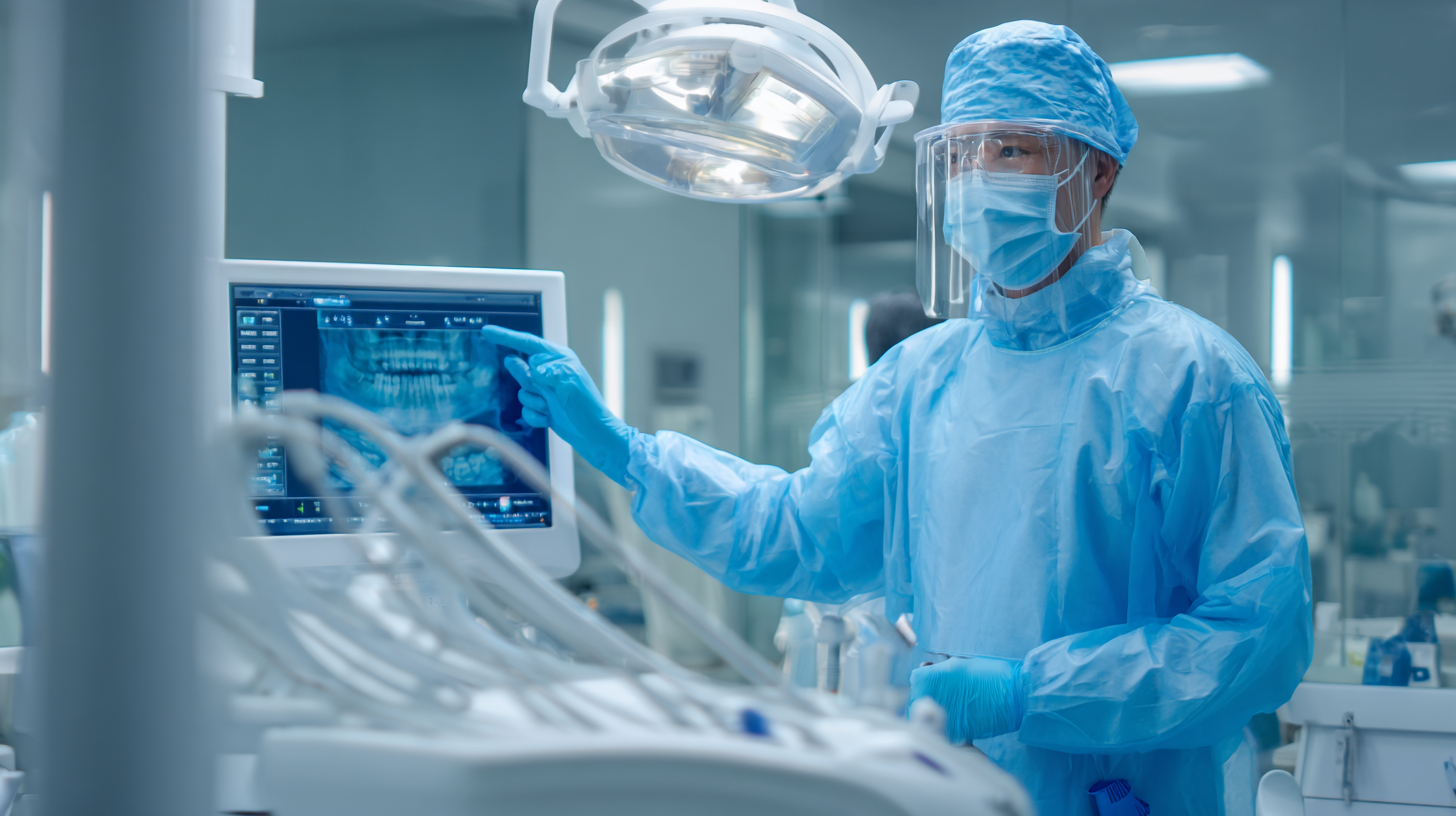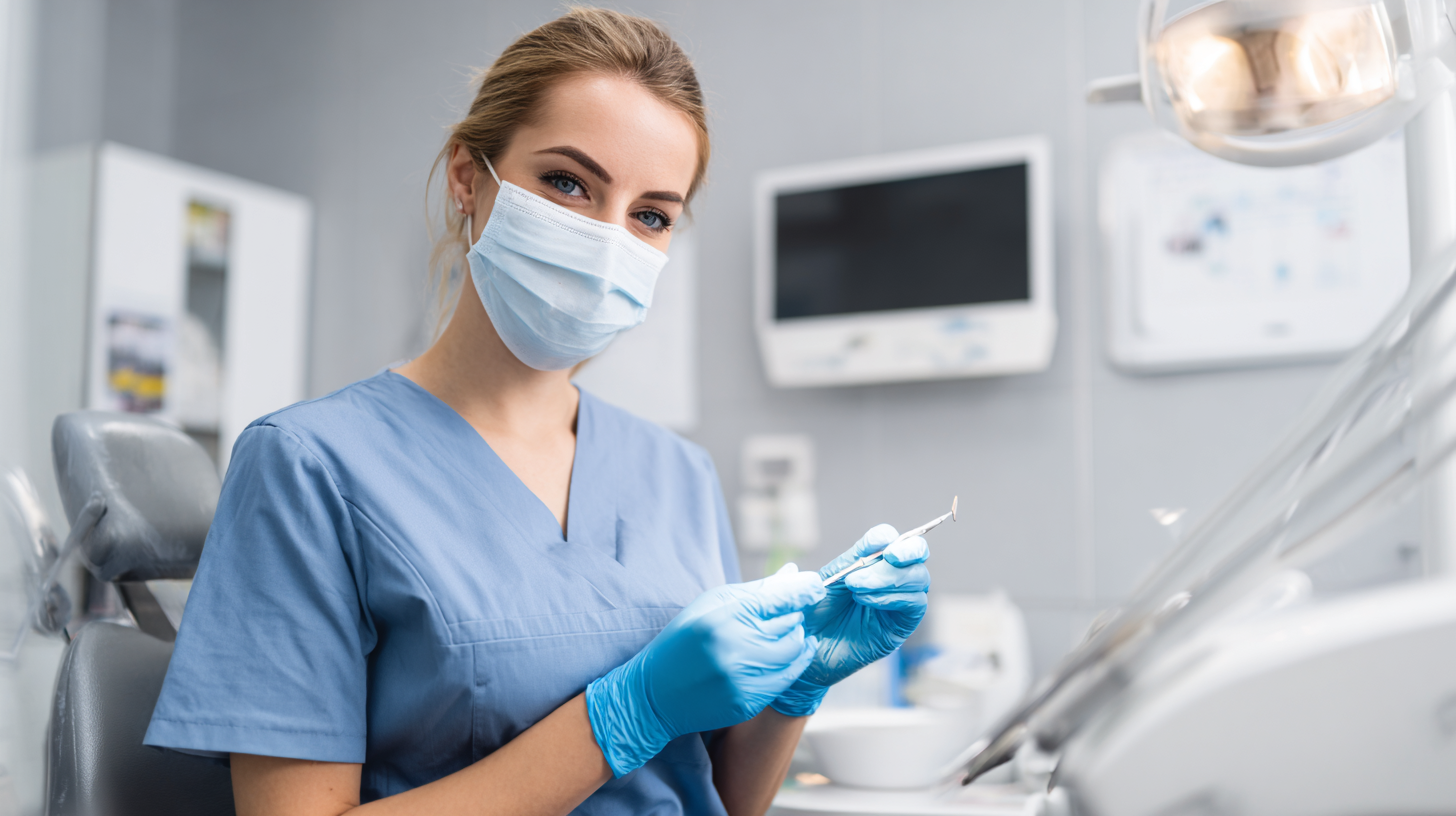Understanding Global Industry Standards for Best Dentist Cleaning Solutions
In the rapidly evolving landscape of dental care, understanding global industry standards for dentist cleaning solutions is essential for both practitioners and patients alike. According to the American Dental Association (ADA), approximately 60% of adults report seeing a dentist at least once a year, underscoring the critical role of dental hygiene in overall health. The demand for effective cleaning solutions has led to the development of a diverse range of products, each designed to meet specific cleaning challenges. This article explores the characteristics and applicability of various dentist cleaning products, shedding light on how these solutions fit within best practices endorsed by the International Organization for Standardization (ISO) and other regulatory bodies. By delving into the nuances of these products, dental professionals can make informed decisions that enhance patient care and uphold industry standards.

Comparison of Cleaning Solutions: Traditional vs. Modern Techniques
When comparing traditional and modern cleaning techniques in the dental industry, understanding the evolving landscape of cleaning solutions is crucial. Traditional methods have long relied on manual scrubbing and harsh chemicals, often leading to inconsistent results and potential safety hazards. In contrast, modern techniques incorporate advanced technologies and eco-friendly solutions that not only enhance efficacy but also prioritize the health of both dental professionals and patients.
Recent market analyses reveal a significant growth trend in the cleaning solutions sector. For instance, the global natural household cleaners market is projected to grow from USD 7.34 billion in 2025 to USD 18.04 billion by 2033, indicating a clear shift towards sustainable products. Similarly, industry leaders are capitalizing on this trend, as seen in CleanCore Solutions, Inc., which reported a remarkable 77.7% revenue growth year-over-year in its sustainable cleaning division. This shift underscores the importance of integrating modern solutions in dental practices, moving away from outdated methods that may not align with contemporary health standards.
Furthermore, as healthcare regulations evolve, dental practices are increasingly turning to automated and chemical-free cleaning systems. These innovations not only ensure thorough disinfection but also adhere to stringent industry standards, paving the way for safer and more efficient procedures in dental settings. The ongoing transition from traditional to modern techniques is not merely a trend but a necessary evolution to meet the demands of the changing healthcare landscape.

Key Ingredients in Dental Cleaning Solutions and Their Effectiveness
When it comes to dental cleaning solutions, understanding the key ingredients can significantly influence their effectiveness. Many solutions contain active agents like sodium bicarbonate, which not only helps remove surface stains but also neutralizes acids in the mouth, fostering a healthier oral environment. Another common ingredient is hydrogen peroxide, known for its antibacterial properties and ability to break down plaque buildup, making it a popular choice for both professional and home use.
Tips for selecting the right dental cleaning solution include reading the ingredient label carefully. Look for formulations with natural ingredients, which can be less abrasive on enamel and gums. Additionally, consider options that incorporate fluoride, as it not only helps remineralize teeth but also provides strong protection against cavities. It's essential to choose solutions that align with your oral health goals while ensuring they meet global industry standards for safety and effectiveness.
Effectiveness of Key Ingredients in Dental Cleaning Solutions
Global Standards for Dental Cleaning Solutions: A Comparative Overview
In recent years, the dental industry has seen a significant surge in the development and standardization of cleaning solutions, crucial for maintaining optimal oral health. Various countries have implemented global industry standards to ensure these products effectively remove biofilm and reduce harmful bacteria. For instance, the World Dental Federation reported that 75% of dental practitioners agree on the importance of using approved cleaning solutions that adhere to ISO standards, which emphasize safety and efficacy.

When comparing the different standards across regions, it becomes evident that while the European Union leans towards strict regulations, the United States focuses more on a combination of efficacy and innovation. A recent study showed that dental cleaning solutions in North America are often reformulated every two years to incorporate advancements in technology. This ongoing development is essential for ensuring that dental practices provide their patients with the best care possible.
Tip: Always look for cleaning solutions that are marked with certifications like ISO or those approved by local dental boards to ensure you are using the safest and most effective products available.
Additionally, consider the ingredients in these solutions. Eco-friendly options are gaining traction, with reports indicating a growing preference among consumers for products that are both effective and environmentally responsible. Tip: Prioritize dental cleaning products featuring natural antimicrobial agents, as they can be just as effective without the harsh chemicals.
Evaluating Eco-Friendly Options in Dental Cleaning Practices
As the dental industry evolves, eco-friendly cleaning solutions are gaining prominence alongside traditional methods. These environmentally conscious alternatives are not only beneficial for the planet but also enhance the overall customer experience. Many dental practices are now considering biodegradable agents and non-toxic disinfectants that effectively meet hygiene standards without compromising environmental integrity. This shift in focus underscores the sector's commitment to sustainability and customer well-being.
One such example is the use of plant-based cleaning products, which are gaining traction for their effectiveness in removing plaque and bacteria while minimizing harmful chemical exposure. Additionally, practices are exploring innovative sterilization techniques that reduce water consumption and energy usage. By adopting these eco-friendly options, dental professionals can not only satisfy the growing demand for sustainable practices among patients but also contribute positively to environmental preservation. Embracing these trends serves to elevate the industry standards for cleaning solutions, fostering a healthier community and planet.
Understanding Global Industry Standards for Best Dentist Cleaning Solutions - Evaluating Eco-Friendly Options in Dental Cleaning Practices
| Cleaning Solution | Eco-Friendly Rating | Effectiveness Rating | Safety Profile | Cost per Use |
|---|---|---|---|---|
| Eco-Friendly Toothpaste | High | 4.5/5 | Non-toxic | $0.50 |
| Biodegradable Disposable Masks | Medium | 4.2/5 | Skin-safe | $0.10 |
| Plant-based Disinfectant | High | 4.8/5 | Chemical-free | $0.75 |
| Recyclable Instrument Packs | Medium | 4.0/5 | Safe | $1.00 |
| Natural Whitening Agent | High | 4.6/5 | Non-irritating | $0.70 |
Impact of Regulatory Compliance on Dental Cleaning Quality Worldwide
Regulatory compliance plays a crucial role in ensuring the quality of dental cleaning solutions across the globe. According to a report by the World Health Organization (WHO), adherence to established industry standards can significantly reduce the risk of infections in dental practices. In fact, the WHO indicates that proper sterilization protocols can decrease potential infection transmission by up to 80%. As various countries adopt different regulations, this compliance not only assures safety but also enhances the overall effectiveness of dental cleaning procedures.
Additionally, a survey conducted by the International Association for Dental Research (IADR) found that dental practices adhering to global standards reported a 40% higher patient satisfaction rate regarding cleanliness and hygiene. With regulatory bodies like the U.S. Food and Drug Administration (FDA) and the European Medicines Agency (EMA) setting stringent guidelines, dental professionals are equipped with evidence-based practices that elevate the standard of care provided. This regulatory framework not only fosters trust between dentists and patients but also promotes global health initiatives aimed at improving oral hygiene worldwide.
